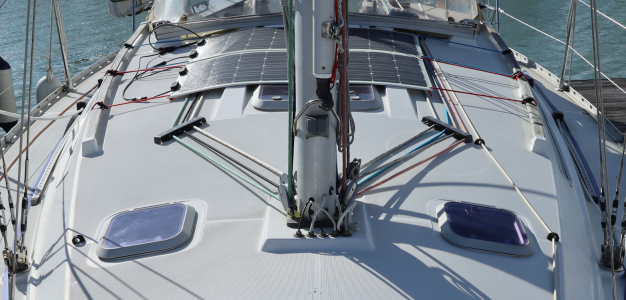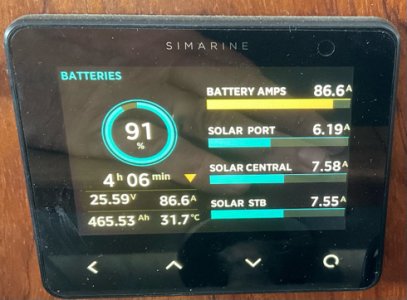Refueler
Well-Known Member
Portable panels are all very well, but to top up a battery after a sail, you need panels fitted when you've gone home.
Also, we do catch some power while sailing in overcast, even drizzle conditions.
Our fixed panel was working while beating into 20knots true yesterday.
Also you need to consider where the wiring will run.
The other thing is, we don't really have great storage space for temporary panels.
We don't want something to fff with on sunny days, we want a permanently fitted solution that's working as best it can by default.
Agree ... of course best if fixed etc.
But I am considering also - many feet around the deck when racing the boat .. as well as keeping things clear ...
When shes tied up .. I don't think using portable would be a problem. A folding set could easily be rigged across the deck in front of mast or over the boom. Pal of mine has fixed his flexi to the top surface of his sprayhood ...


